Grammar Games – Articles
Advert: [showmyads]
Advert: [showmyads]
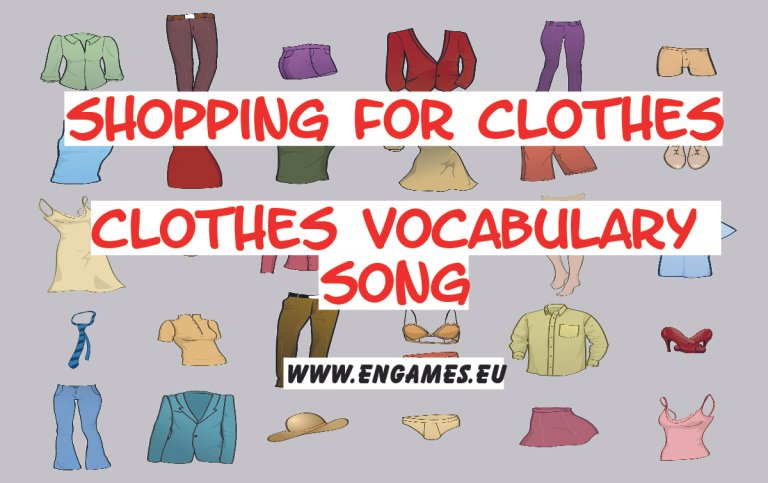
In this post I would like to offer you several activities to teach Clothes vocabulary. Here, I will concentrate on teaching the following 15 pieces of clothes: a jacket, a dress, a coat, shorts, trainers, boots, shoes, trousers, a skirt, a shirt, a T-shirt, a hat, a cap, a tie and a jumper. This selection…
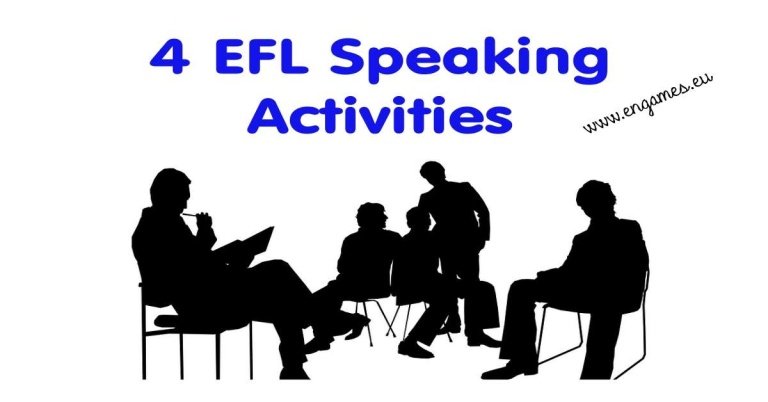
Speaking activities should be the core of the communicative approach. However, there are many textbooks that come with very few exercises to practise this skill. And then you have to create your own. To save your time and energy I will share four speaking activities that worked very well in my classes. <!– wp:more –>…
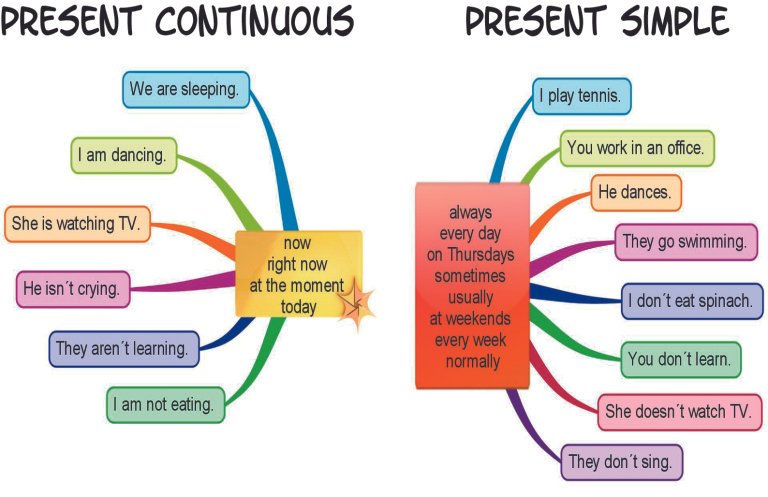
In my previous post I offered several resources to teach the difference between the present simple and present continuous tenses. There are several exercises and games including an infographic. But, as my students complained that the infographic was not that helpful I created a new one. <!– wp:more –> Advert: [showmyads] In this post there…
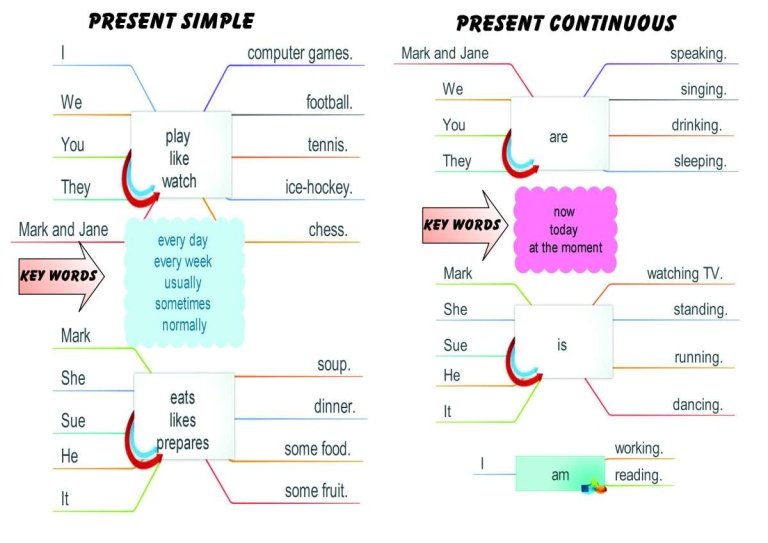
Sometimes it is very difficult for students to decide whether they should use the present simple or the present continuous tense. To help them decide correctly, I will share several activities with you. These activities make it clear which tense the students should use and how to form it. <!– wp:more –> ADVERT: [showmyads] In…
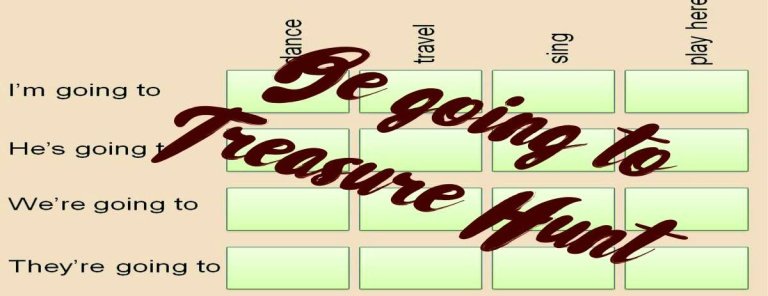
The following set of activities is for false beginners and elementary students of English. The aim of these activities is to practise the usage of the form be going to and reinforcing this form. <!– wp:more –> Make a copy of the worksheet for each student. Make an extra copy of p.1 for each student,…
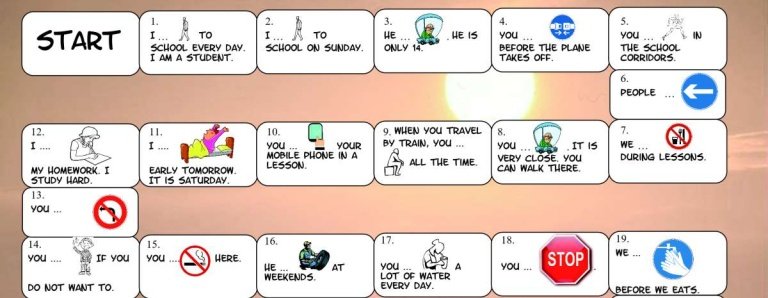
Recently I have spent quite a lot of time designing various speaking activities for my students. In this post I would like to share two speaking activities which help students practise the usage of the past continuous tense and of the modal verbs MUST, MUSTN´T and DON´T HAVE TO. I hope both of the activities…
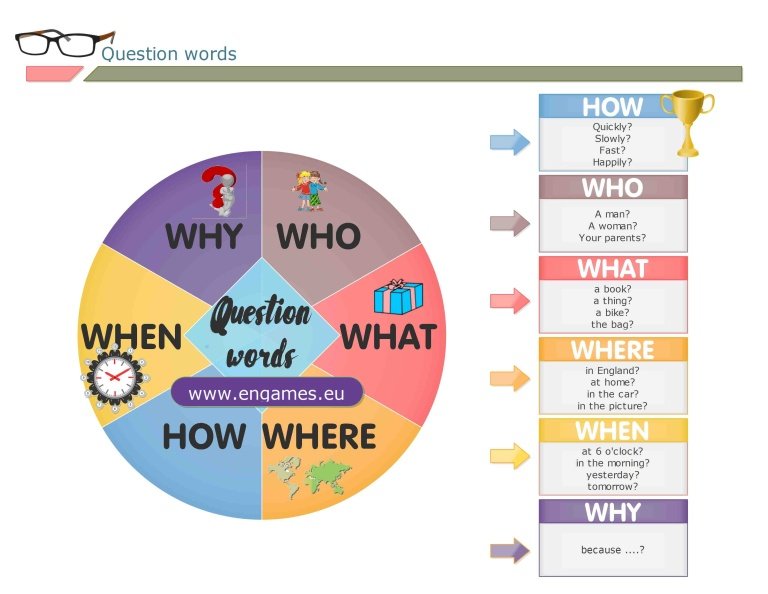
Present continuous tense is one of the most popular tenses among students. It is easy to form and its usage is crystal clear (at least at the beginning). However, when it comes to forming questions, students often fail. To avoid this, I have come up with a number of activities to help my learners and…
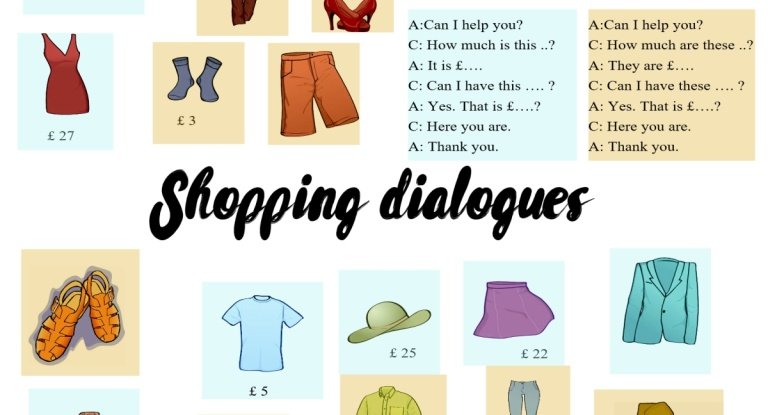
Speaking activities are essential in a communicative approach. Most people agree that students should communicate ever since they start learning English. However, it is really difficult to design genuine communicative tasks for low-level students of English. In this post, I would like to share two communicative tasks for beginners. In the first one, students practise…
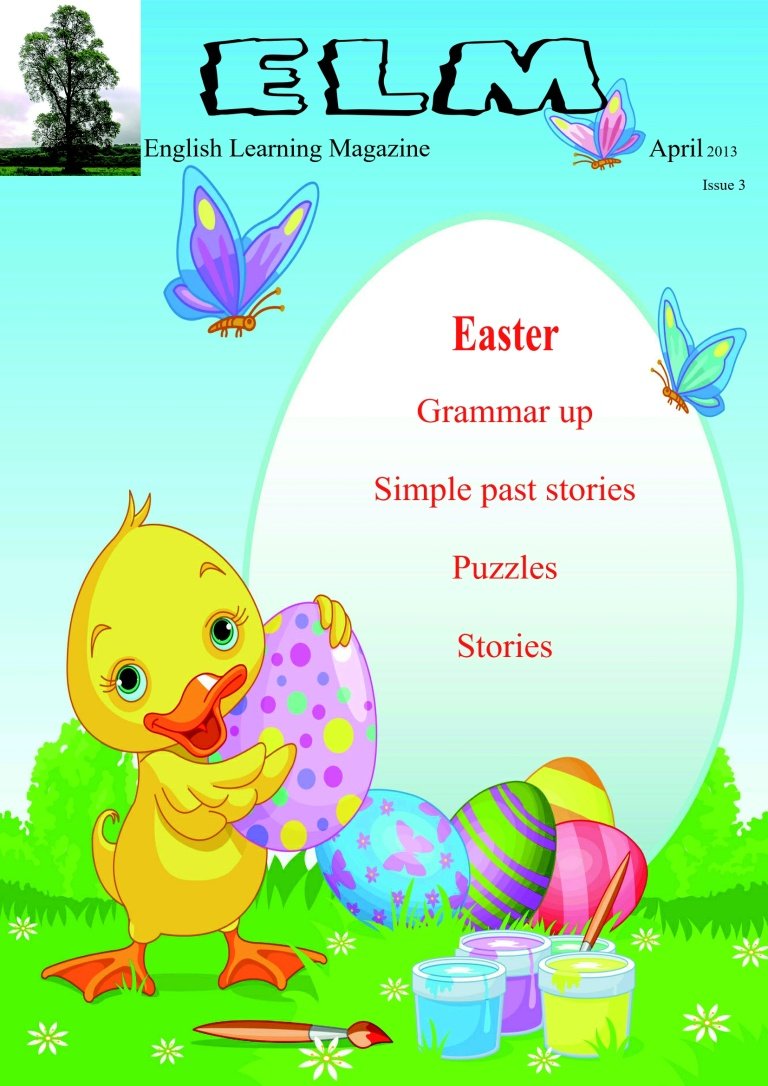
Easter is coming and many teachers are looking for materials connected with Easter. Here, I am offering a magazine full of materials connected with Easter for learners of English. I hope you like it. <!– wp:more –> ADVERT: [showmyadsa]
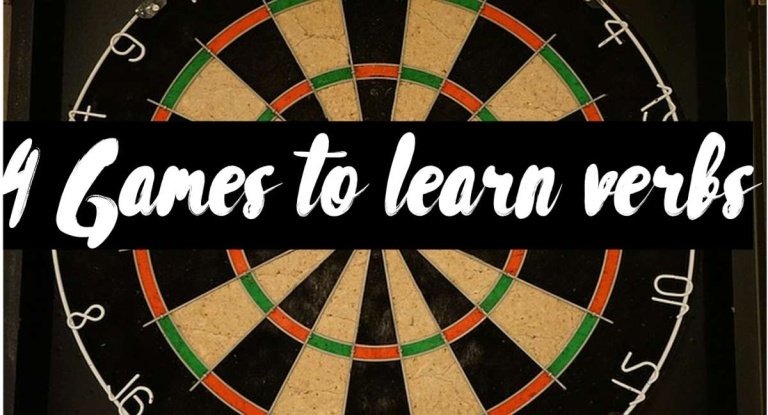
Elementary students often struggle with verbs. They know very few of them and this deficit becomes obvious at the moment they start learning the past simple tense. To help them I created the following post where I try to teach 22 frequent verbs and their past tense. <!– wp:more –> In this post, you can…
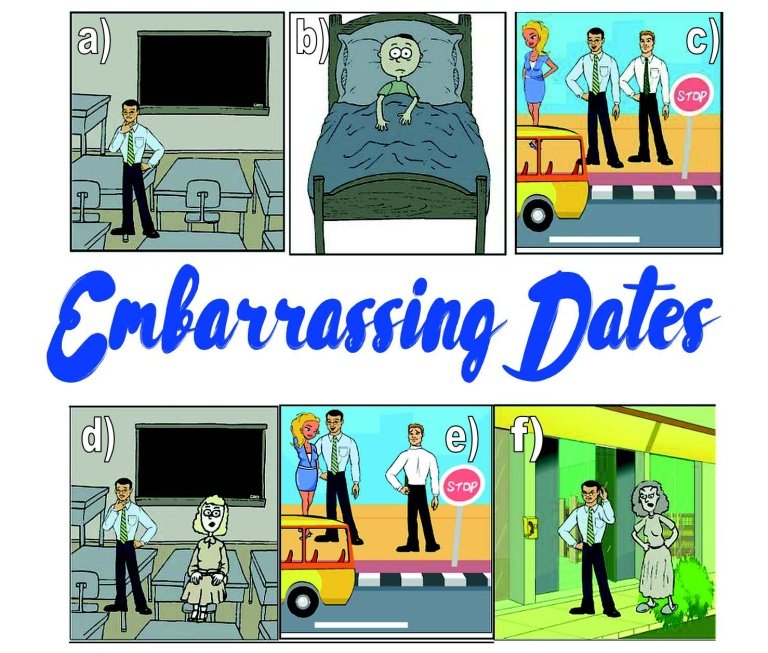
My first English language teaching activity got published in August 2008. It happened on the site http://www.teachitelt.com. The site regularly sent me the royalties and I created several more activities for them. Unfortunately, recently they sent me an email that the site is going to finish on 30th March 2016. The good thing is that…
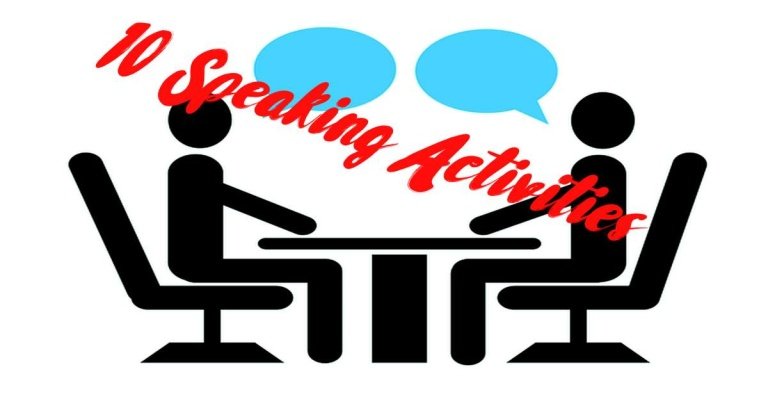
I have always wanted to be a writer. Ever since I was ten I dreamt of publishing a book. And on Saturday, thirty years later I did it. I published a book called 444 Grammar Conversations. This book is for teachers of English to have a set of questions they can use to practise a…
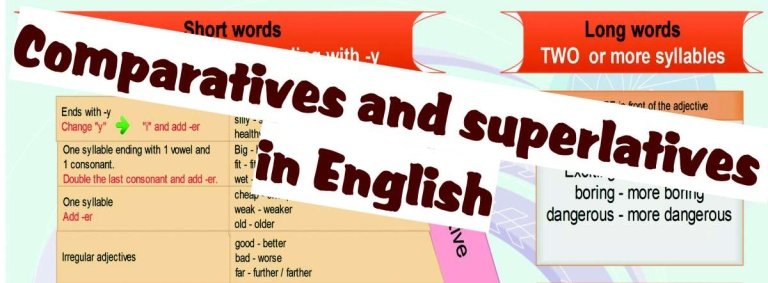
It is quite easy to form comparatives and superlatives in English. However, without much practice students will make a lot of mistakes. To provide enough practice for my students I have created the following exercises. There are three gap-fill exercises where students will practise the grammar in context. <!– wp:more –> ADVERT: [showmyads] In this…
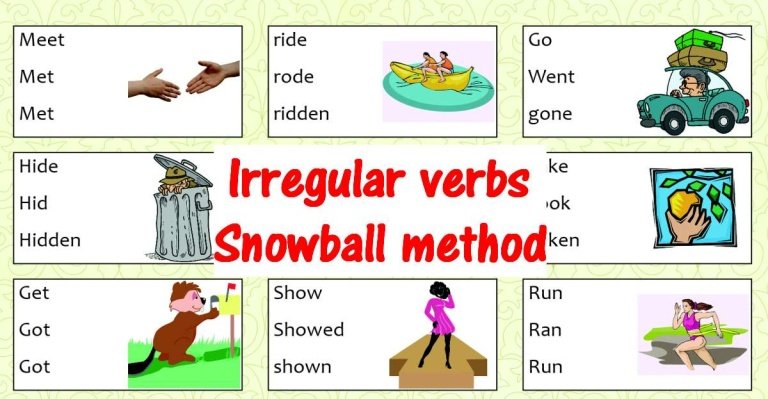
Irregular verbs are probably the most important verbs in English. There are quite a lot of them and they are very common. However, for many ESL and EFL students they are very difficult to learn. <!– wp:more –> I have already prepared many activities to teach the irregular verbs to my students. There are irregular…
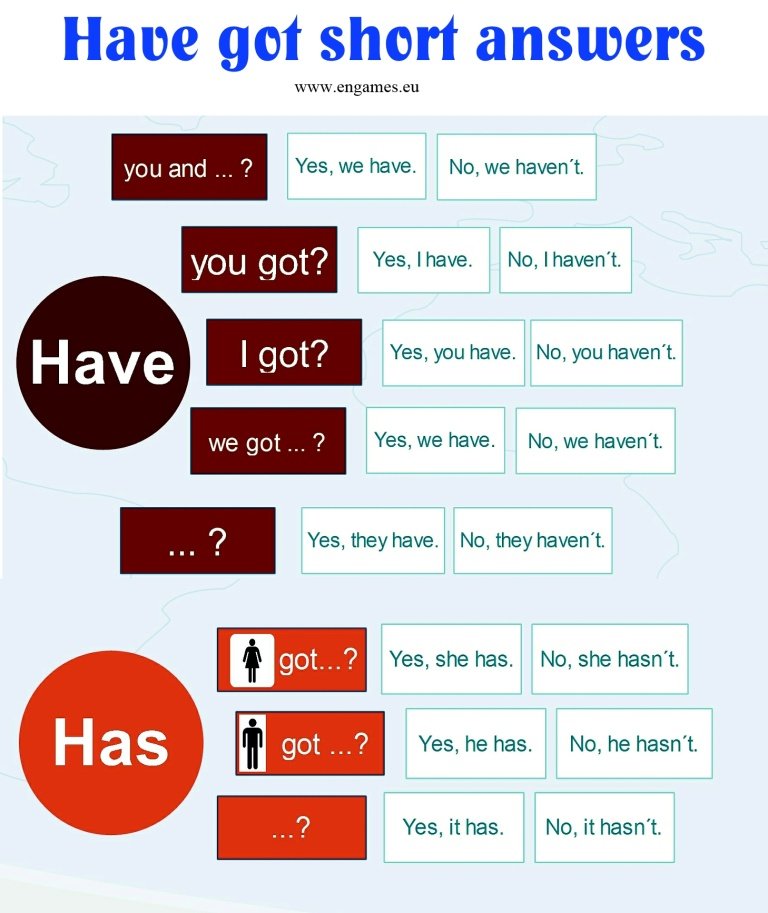
The verb HAVE GOT is used mainly in British English and in many British textbooks it is taught immediately after the verb TO BE. I think it complicates things a bit for learners, and therefore, I wanted to make it a bit simpler for my students. <!– wp:more –> In this post, you will find…

Picture dictionaries are very popular among learners of English. In this post, I would like to offer you a pictionary with vocabulary connected with Modern Technology. This post contains an infographic, a crossword and three games. <!– wp:more –> Print the following infographic for your students. ADVERT: [showmyads] It is a good idea to drill…
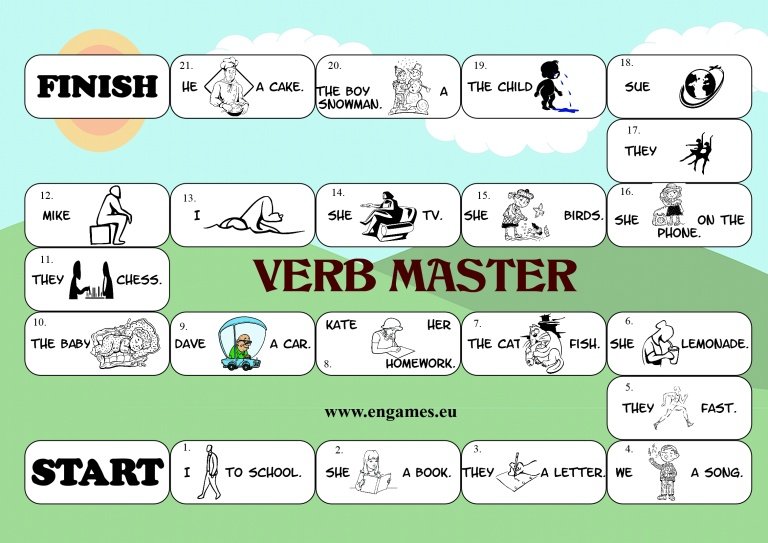
Verb master board game is intended to replace drills. The aim of this game is to help students learn to form verb tenses. While drills are boring, board games are interesting and fun. Thus, students practise the grammar forms and enjoy it. <!– wp:more –> The great advantage of the Verb master game is the…
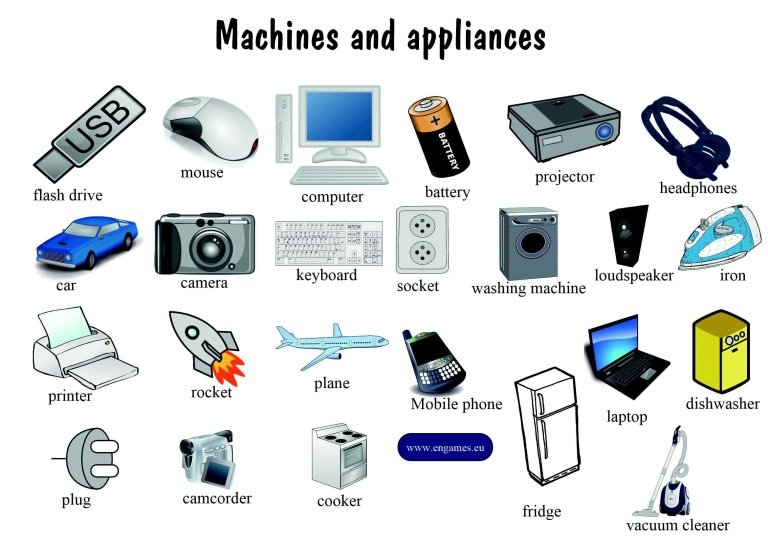
Picture dictionaries are very popular among learners of English. In this post, I would like to offer you a pictionary with Machines and appliances. This post contains an infographic and a crossword. I hope you will find these useful. <!– wp:more –> Print the following infographic for your students. ADVERT: [showmyads] It is a good…
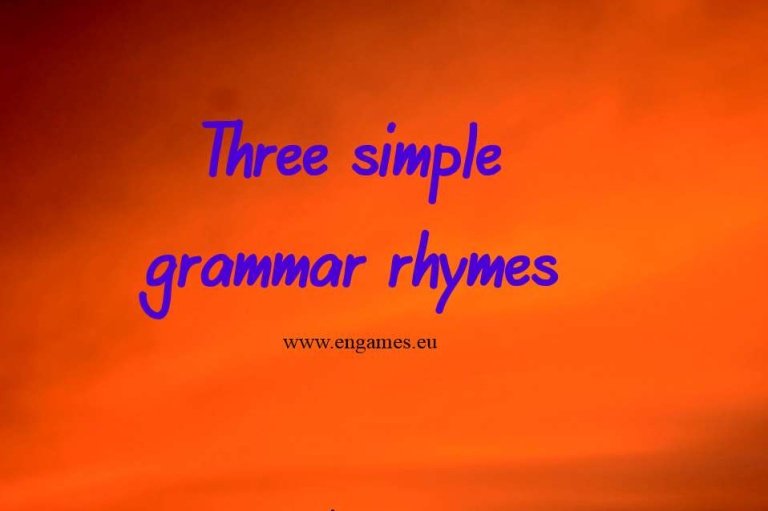
Beginners have to memorise a lot of new words and grammar. To make the process a bit easier, I and my colleague came up with a set of simple grammar rhymes that help our learners remember the crucial verb forms. ADVERT: [showmyads] In this post, I would like to share the rhymes with you. There…